Pharmacological properties
Pharmacodynamics. When dissolving effervescent tablets of Blemaren in water, potassium-sodium hydrocitrate is formed and carbon dioxide is released. This forms residual alkaline ions that are excreted by the kidneys. Thus, the pH of the urine increases (depending on the dose, it is neutralized or alkalized). This increases the degree of dissociation and at the same time the degree of dissolution of uric acid and cystine. Confirmation of litholysis of uric acid stones is performed by X-ray.
When taking the drug, the excretion of citrate increases and the excretion of calcium in the urine decreases. Alkalinization of urine, increased excretion of citrate and decreased excretion of calcium lead to a decrease in the amount of calcium oxalate in the urine, since in a weak alkaline environment citrate forms stable complex compounds with calcium. In addition, the citrate ion should be considered as an effective physiological inhibitor of crystal formation and accumulation of oxalate and calcium phosphate.
Pharmacokinetics. After one-day administration of the drug Blemaren, effervescent tablets, the administered amount of sodium and potassium is excreted from the body by the kidneys within 24-48 hours. With prolonged use of the drug, the daily excretion of potassium and sodium corresponds to the daily intake. No significant changes in blood gas or electrolytes are observed in the blood or blood plasma. This means that due to renal regulation of alkalization, the acid-base balance in the body is maintained, and the accumulation of sodium and potassium does not occur with normal kidney function.
Indication
Blemaren is used to treat urolithiasis for the following purposes:
– alkalinization of urine in patients with urate stones with or without concomitant calcium stones;
– metaphylaxis of calcium stones (prevention of re-formation of new stones and/or enlargement of residual fragments).
Application
The average daily dose is determined individually; it is established by determining the pH of urine.
Effervescent tablets are taken after dissolving in a liquid (water or fruit juice). The liquid may be slightly cloudy and have some undissolved particles on the surface.
The daily dose is divided into 3 equal parts, which are taken throughout the day (for example, at 8:00, 14:00, 21:00). If the daily dose required is more than 3 tablets, it is recommended to take one tablet in the morning, one in the middle of the day, and the rest at night.
The effectiveness of the drug is monitored by determining the pH of fresh urine 3 times a day before the next dose of the drug. For this, standard indicator strips included in each package are used. The indicator zone of the test strip should be briefly immersed in urine, then removed and after 2 minutes, compare the resulting color of the test strip with the color scale applied to the set of indicator strips, and record the determined pH values in the control calendar. The dose of the drug is considered to be correctly selected if the pH values determined 3 times a day are within the recommended limits for each pathology. The color change of unused indicator strips does not affect the results of pH determination.
To dissolve uric acid (urate) stones, the pH of urine should be within 7.0-7.2.
If the daily pH profile is below 7.0, the dose should be increased, and if it is above 7.2, the dose should be reduced.
For maintenance treatment of patients with urolithiasis accompanied by calcium stones, the pH level should be kept within 6.2-6.8.
If the daily pH profile is below 6.2, the dose should be increased, and if it is above 6.8, the dose should be reduced.
To dissolve mixed urate-oxalate stones and prevent the formation of calcium-oxalate stones, urine pH must be maintained at 6.8-7.4 for a certain time.
The drug Blemaren is used before conducting remote nephrolithotripsy for mixed (radiographically inhomogeneous) stones to enhance its effectiveness, reduce the structural density of the stone and reduce the number of repeated sessions. The duration of citrate therapy in preparation for remote lithotripsy should be at least 3 weeks.
To alkalinize urine in patients with cystine stones, the urine pH should be in the range of 7.5-8.5. This requires a higher dose of the drug.
When conducting cytostatic therapy, the pH of urine should be no lower than 7.0, and when treating porphyria cutanea tarda, 7.2-7.5.
Uricosuric therapy, like the treatment of urate stones, should be carried out at a urine pH of 7.0-7.2.
The pH value that can be determined using standard indicator strips is in the range of 5.4-7.4. If it is necessary to control the pH of urine in patients with cystine stones or with porphyria cutanea tarda, special indicator strips should be used to determine the pH in the range of 7.2-9.7.
To dissolve stones (depending on their size and composition), the duration of the treatment course is from 4 weeks to 6 months. To prevent recurrence of nephrolithiasis, the drug should be prescribed in courses, the duration and frequency of which are set individually for each patient.
Contraindication
Hypersensitivity to the components of the drug; renal failure; urinary tract infections caused by bacteria that decompose urea (risk of struvite stone formation); metabolic alkalosis; episodic hereditary adynamia.
Side effects
In case of individual intolerance to any of the components of the drug, hypersensitivity reactions are possible. In some cases, taking the tablets can cause gastrointestinal disorders in susceptible patients. The appearance of belching, heartburn, abdominal pain, flatulence, diarrhea, nausea, vomiting has been reported.
Special instructions
In conditions that contribute to the formation of urinary stones (for example, parathyroid adenoma, uric acid stones associated with malignancy), etiotropic therapy measures should be taken.
When dissolving uric acid stones, excessive alkalization of urine (pH above 7.8) for several days should not be allowed, due to the possible appearance of phosphate salt deposits on the surface of the uric acid stone, which may prevent its further dissolution. In addition, a prolonged and pronounced alkaline state of metabolism is undesirable.
Before using the drug, it is necessary to determine the level of electrolytes in the blood plasma and check kidney function. If renal tubular acidosis is suspected, it is necessary to additionally monitor the indicators of acid-base balance.
During treatment, urine and blood test parameters should be checked regularly. Particular attention should be paid to acid-base balance.
Patients with heart failure need to take into account the effect of potassium on myocardial excitability: 1 tablet of Blemaren contains 380 mg of potassium ions or 9.7 mmol of potassium, which may affect the effect of cardiac glycosides (an increase in the extracellular concentration of potassium reduces the effectiveness of glycosides, and its decrease enhances the arrhythmogenic effect).
For patients with impaired uric acid metabolism, it is recommended to combine the drug with allopurinol.
Individuals on a sodium-restricted diet should take into account the high sodium content of this medicinal product (1 tablet contains 220 mg of sodium ions or 9.7 mmol of sodium).
During drug therapy, it is recommended to follow a low-protein diet, i.e. limit the consumption of foods rich in purines (e.g. meat, sausages, animal offal, sardines), and also limit salt intake. It is necessary to drink 2-3 liters of liquid in the form of tea, fruit juice or alkaline mineral water every day.
The drug does not contain carbohydrates and can be used to treat patients with diabetes.
Patients with severe hepatic impairment should take Blemaren only under close monitoring.
The drug should not be used in patients with hereditary galactose intolerance, Lapp lactase deficiency or glucose-galactose malabsorption.
Use during pregnancy or breastfeeding. When using the drug according to the instructions, no negative effects during pregnancy and breastfeeding have been noted.
The ability to influence the reaction speed when driving vehicles or other mechanisms. Does not affect.
Children. The efficacy and safety of the drug in children have not been sufficiently studied, therefore it is not recommended for use in patients of this age group.
Interactions
Interaction studies have been conducted only in adults. Simultaneous administration of citrate-containing drugs and aluminum may lead to increased aluminum absorption, therefore it is recommended to observe a 2-hour interval between taking such drugs.
The drug enhances the therapeutic effect of allopurinol.
Some drugs intended to lower blood pressure (aldosterone antagonists and other low-potassium diuretics such as triamterene, spironolactone and amiloride), ACE inhibitors, Sartan, as well as analgesic and anti-inflammatory drugs (NSAIDs and peripheral analgesics) may reduce potassium excretion, which should be taken into account when prescribing them simultaneously with Blemaren (the risk of hyperkalemia increases). An increase in the extracellular concentration of potassium weakens the effect of cardiac glycosides, while its decrease increases the effect of arrhythmogenic cardiac glycosides.
With prolonged use of Blemaren, accumulation of quinidine in the body is possible in the case of its simultaneous administration, as well as a decrease in the effectiveness of nitrofurantoin (alkaline reaction of the environment), salicylates and lithium preparations (accelerated elimination).
Overdose
With normal kidney function, the undesirable effect of the drug on changing the physiological parameters of metabolism has not been noted at the usual recommended dose, nor at a higher one, since the excretion of excess alkalis by the kidneys is a natural mechanism for regulating the acid-base balance in the body.
The upper limit of the urine pH range indicated above should not be exceeded for more than a few days, as there is an increased risk of phosphate crystallization due to the increased pH (pH factor 7.8); moreover, a pronounced alkaline metabolic status is not considered a long-term problem.
Possible overdose can be corrected by reducing the dose of the drug. If necessary, measures can be taken to treat metabolic alkalosis.
Storage conditions
At a temperature not exceeding 30 °C.

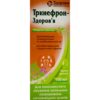
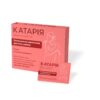

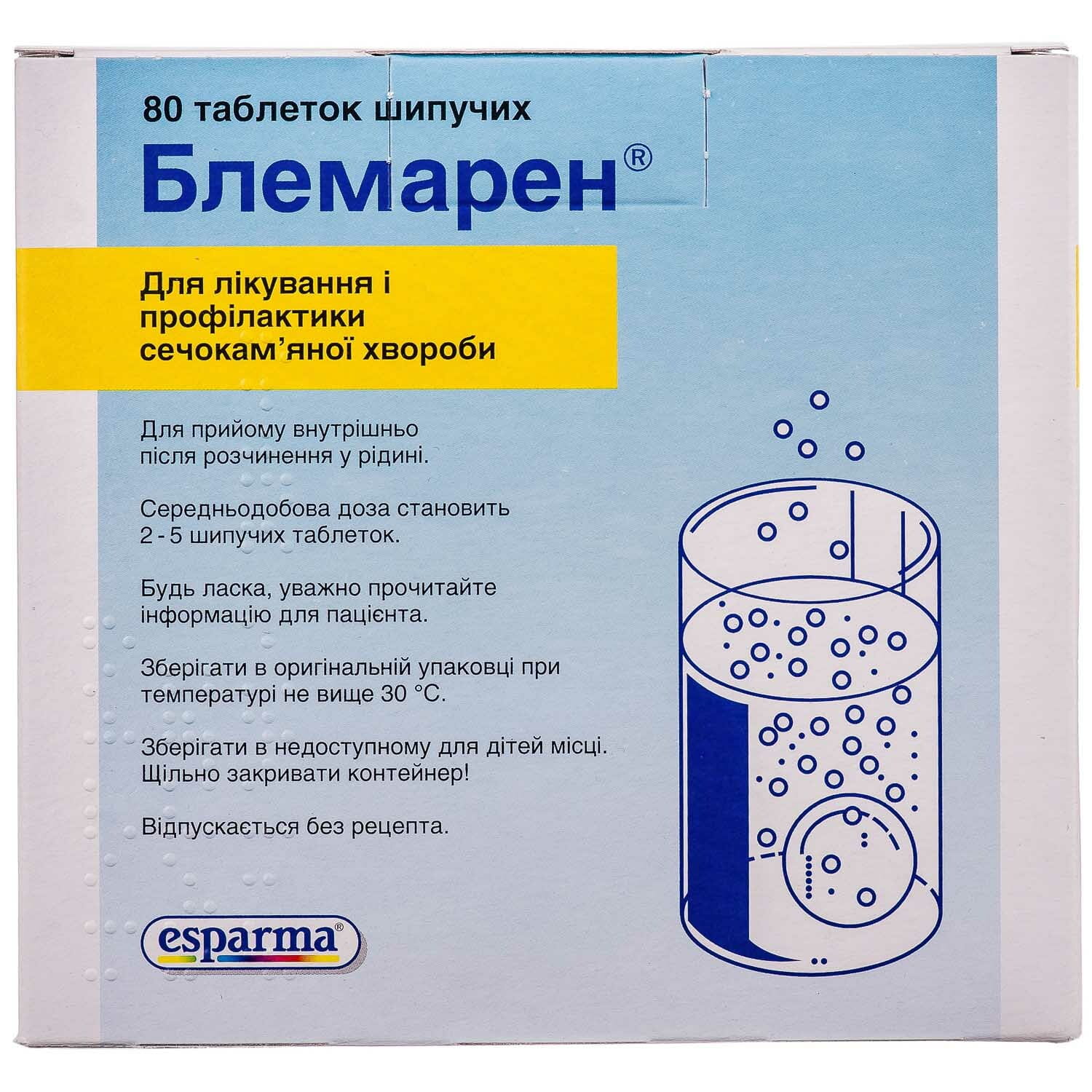
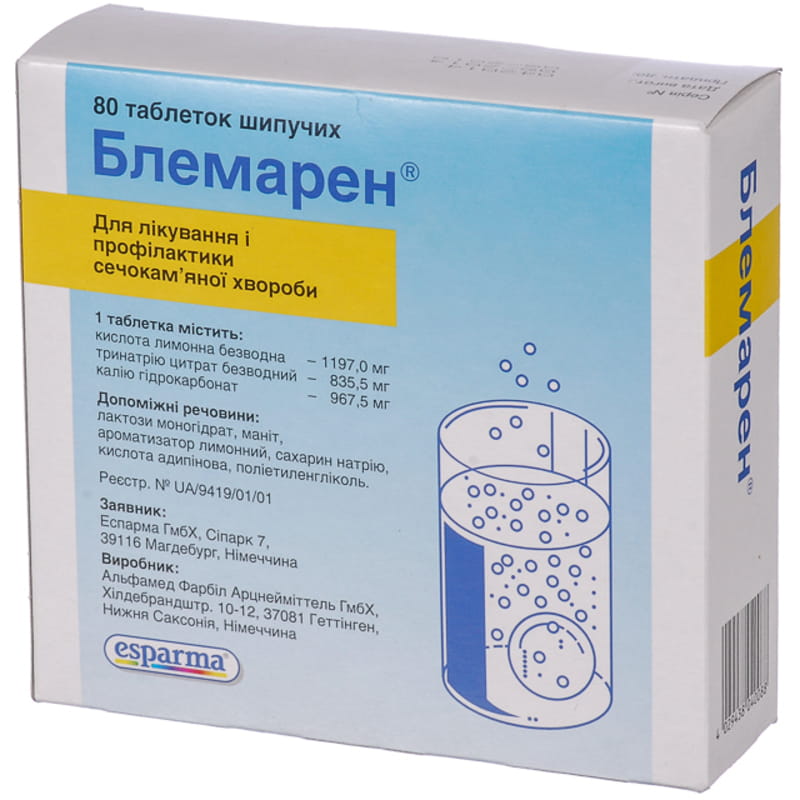

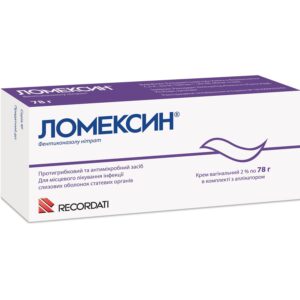
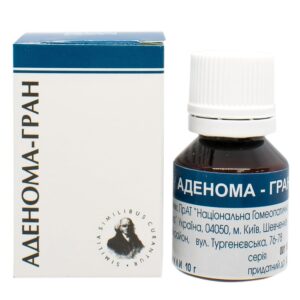
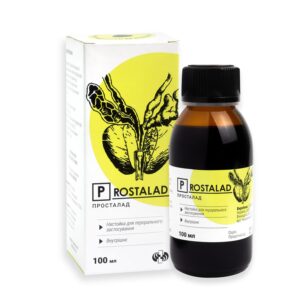
Reviews
There are no reviews yet.